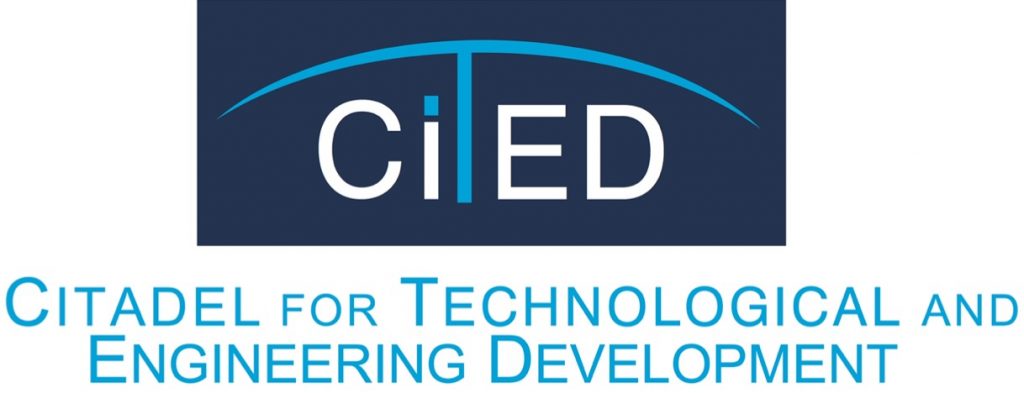Fluids and fluid movers such as pumps, and compressors of various designs and applications, are encountered throughout chemical and process industries, including oil refineries, gas production facilities, power generation, and other fields of engineering.

Pumps, Turbines & Compressors: Installation, Operation, Troubleshooting & Maintenance
Introduction:
Fluids and fluid movers such as pumps, and compressors of various designs and applications, are encountered throughout chemical and process industries, including oil refineries, gas production facilities, power generation, and other fields of engineering. As fluids can be in-process material in the form of liquid, gas, or a mixture of both with solids, corresponding pumps, and compressors sometimes have to satisfy high demands of efficient transport of complex and difficult fluids. The progress in the design and application of pumps, compressors, and turbines has been so rapid that currently, all limitations of pressure, capacity, temperature, and nature of fluids have disappeared. At the same time, this advance in construction and application has presented numerous problems: mechanical, hydraulic, operating, economic, etc.
A thorough understanding of the basic principles of fluid flow in pumps, compressors, and turbines as well as in piping systems is a prerequisite for the successful design, installation, and operation of these machines. Various numerical examples are selected carefully to be from real-life technical practice and will help remove any misconception reflected in an inefficiently operating piping system. Design and operation of gas turbines due to their complexity, require special attention and information on their interaction with axial compressors.
Course Objectives:
At the end of this course, the participants will be able to:
- Understand the technical features of different types of pumps, compressors, and turbines, and their capabilities and limitations
- Learn how to be familiar with the principles of the hydraulic and mechanical design of pumps, compressors, and turbines according to existing world standards and codes
- Gain knowledge on the selection of optimal type and size for a given industrial application
- Diagnose and estimate the degree of deterioration and inefficiency of pumps, compressors, and turbines and the ways to improve them
- Learn the best practices and techniques for pinpointing the problems, and choosing the most efficient remedies, in operation, such as cavitation, surge, stall, choking, corrosion, erosion, etc
Course Content:
Unit 1: Centrifugal Pumps:
- Overview of various types of pumps based on design and application
- World standards and codes related to pump design
- Main elements of centrifugal pump construction
- Design of pump-suction piping
- Selection and sizing of centrifugal pump
- Solving problems in operation
Unit 2: Positive Displacement Pumps:
- Positive displacement pumps: reciprocating and rotary
- Pump requirements for chemical, process and oil industry, power generation
- Pumps for special applications
- Guidelines for pump installation and operation
- Pump inspection, control, and performance testing
- Maintenance and troubleshooting of pumps
Unit 3: Centrifugal Compressors:
- Overview of the main features of various types of compressors
- Classification of compressors based on design and application
- World standards and codes related to compressor design
- Main elements of centrifugal compressor construction
- Analysis of centrifugal compressor efficiency
- Guidelines for trouble-free centrifugal compressor operation
Unit 4: Positive Displacement Compressors:
- Positive displacement compressors: Reciprocating and Rotary
- Basic criteria for selecting the optimum cost-effective compressor
- Compressor loadings and speeds; noise control and protection
- Compressors for special applications
- Guidelines for compressor installation and operation
- Compressor inspection, maintenance, control, performance testing and troubleshooting
Unit 5: Industrial Gas Turbines:
- Overview and classification of gas turbines
- World standards and codes related to gas turbine design
- Main elements and technical characteristics of gas turbine design
- Radial and Axial-flow gas turbines
- Combustor performance – types of fuels, combustion and pollution control
- Gas turbine deterioration – corrosion and erosion prevention
- Mechanical vibrations – monitoring, measurements, diagnostics and analysis
- Installation, operation, maintenance, and troubleshooting of gas turbines

